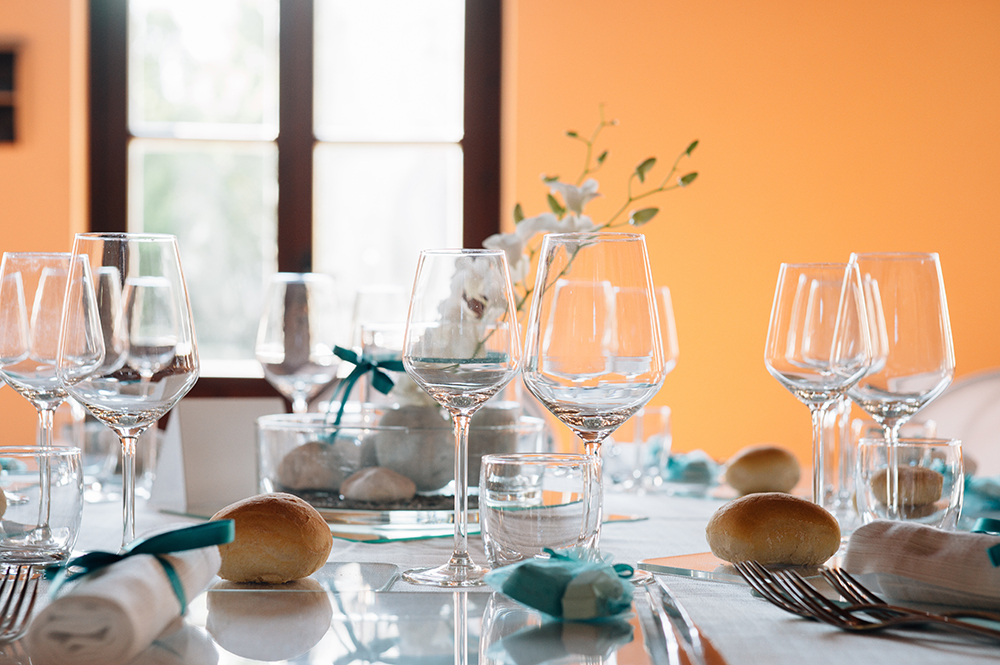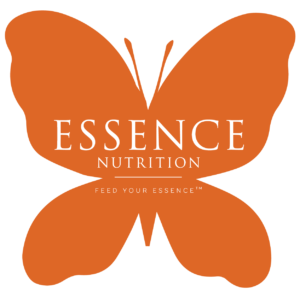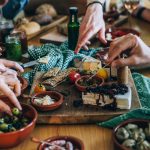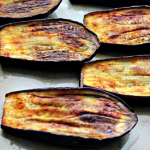Being Healthy But Also, #ChallahBack
(Shabbat Nutrition)
Friday nights are sacred for 13-14 million folks. The end of the week brings the Sabbath, also known are Shabbat, for Jews worldwide. It is a time of prayer, relaxation, gratitude, family , lighting candles to welcome G-d (Jews aren’t allowed to write out the Lord’s name in vain, and even though I’m *fairly* certain I won’t be immediately struck by a divine lightning if I did, better safe than sorry) into our homes on the holiest day of the week, and of course, food makes a grand appearance. We honor Shabbat with specific foods and drink, which vary greatly within Jewish cultures, and which vary greatly in nutritional value/potential to disrupt a healthy diet.
Shalom, Aleichem! (Hello, Angels!)
- We wash our hands as a ritual before eating. This is also pretty sweet because, bye bye, foodborne illness!!
- It is a good deed (a mitzvah, in Hebrew) to eat warm foods on Shabbat. Personally, I find warm foods to be comforting and soothing. Hello, soup! Soups are excellent ways to fill you up with a large volume of food matter, but potentially small quantity of calories (a veggie stew, for example). Matzo balls are yummy, but they’re mostly white flour, which is a source of simple carbohydrate with unwanted effects on blood sugar/your weight. Buy or prepare any soup/stew based with veggie/chicken broth, beans, vegetables, legumes, sweet potato, squash or whole grains like brown rice, oats, quinoa, etc. Stay away from creamy soups that are dairy-based or that are beef-based. Keep your grains brown, not white, like whole wheat noodles, quinoa noodles, spelt noodles, brown rice noodles, etc. Keep in mind that cashew milk/coconut milk/almond milk are non-dairy and therefore won’t interfere with kosher law (more on that below).
- Strict rules prevent juicing fruits and vegetables solely for juice, but they may be squeezed onto solid foods (like a salad). I’m having visions of dancing lemons being freshly squeezed onto a kale/fennel salad with a dash of extra virgin olive oil and a sprinkle of Za’atar (a Middle Eastern Jewish spice blend; quite anti-inflammatory and yummy!) Perhaps some apple cider vinegar in there as well to help with appetite regulation and enzyme release? Just sayin.’
- Kosher is King: Many Jews follow dietary laws with varying degrees of adherence. In general, we avoid shellfish, seafood (anything with scales is fine), and pork products. We also don’t “mix” meat and milk; i.e. we will either consume a meal that has chicken/beef/poultry, etc. OR a meal that has any kind of cheese/milk/yogurt, etc. Fish is neutral, like Switzerland. Most folks choose a meal based on chicken/meat and save the dairy for another time. Make sure your protein is kosher, preferably organic, and either grilled/sauteed/baked/roasted/broiled/boiled using avocado oil, coconut oil, or olive oil. No frying, please! Fish is always a heart-healthy choice, followed by poultry (the breast/white meat), then meats. Try bison or venison! Quite lean, clean, and delicious. They’re kosher, I swear on my challah.
- Speaking of challah; let’s face it, we can’t “healthify” it. It just doesn’t taste good with whole wheat/gluten free flowers. Treat yourself with a slice of the good stuff made with the highest quality flour, organic eggs, sea salt, etc. Always eat it WITH protein/fat so minimize the simple sugar rush, and stick to one piece (Hashem is watching you when you dig like a possum into the center of the loaf and slowly mutilate it from the inside out. I may or may not speak from experience). Zak the Baker in Miami makes a sinfully divine challah.
- Wine Time. Wine is sacred; it even has its own prayer! Limit it to one glass of a good quality kosher wine (there’s a reason Manischevitz costs, like, three dollars. You get what you pay for.) Know that each glass of wine has about 140 calories and 11-15 grams of sugar, so it’s worth considering if you really need to even drink a full glass, or just take a sip in honor of the prayer.
- White may be the color of purity, but save it for fashion. White food = plight food. Banish white pasta, white rice, white potatoes, white sugars, mayonaise, etc. Exception: white beans are wonderful. So are yogurt/kefir. I’m dreaming of a white bean kefir Christmas. Whoops, wrong religion.
- Cook with spices, not salt. Choose an herb, any herb, and go wild. Herbs/spices are anti-inflammatory, salt-free, and tasty.
- Don’t eat 20 rugelach for dessert. One, they’re super expensive and really labor intensive to cook. Secondly, they’re really really bad for you (butter butter everywhere). In fact, so are bobka, hamentaschen, marzipan, rainbow cookies, black and white cookies, etc. Ugh. I am the Shabbat Dessert Grinch. Have ONE and call it a night. And have a side of fruit for dessert to mitigate the damage. You could get REAL ambitious on Pinterest and find “healthy” recipes for Jewish desserts, but there’s still going to be sugars, white flour, and fats galore. Best to indulge in a bit of the REAL stuff.
Here’s a blessed sample Essence-Approved Shabbos table menu:
- Starter: lentil soup
- Sips of kosher red wine
- Water water water; stay hydrated!
- ONE slice of Zak the Baker challah, drizzled with olive oil or topped with a smear of avocado + red pepper flakes
- Kale salad with apple cider vinegar, lemon, Za’atar, dijon mustard, poppy seeds, sunflower seeds, diced grapes, tomatoes, cucumbers, radishes, hemp hearts, shredded carrots
- Roasted chicken with onions, lemon, and capers; breasts only
- Side of sweet potatoes mashed with cinnamon, coconut oil, and walnuts
- Side of roasted asparagus with rosemary and black pepper
- Dessert: fruit salad + coconut milk yogurt + honey
Have a #blessed week!
Essentially Yours,
Monica
